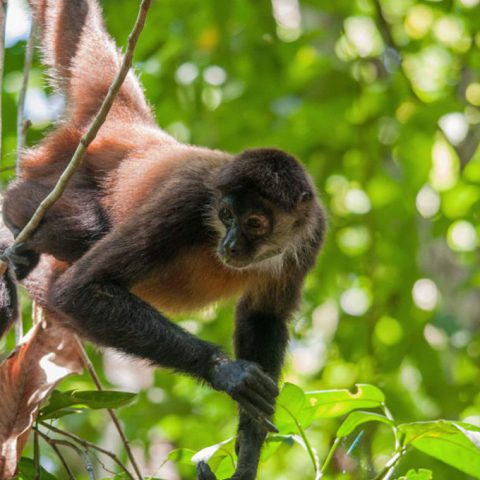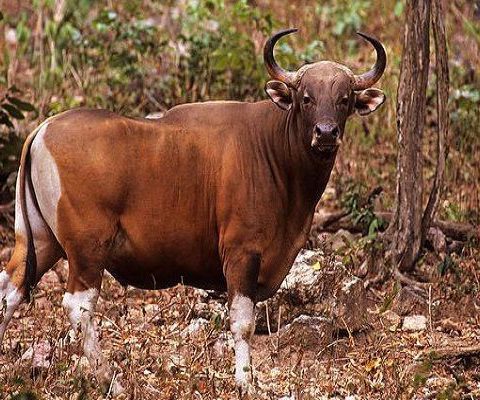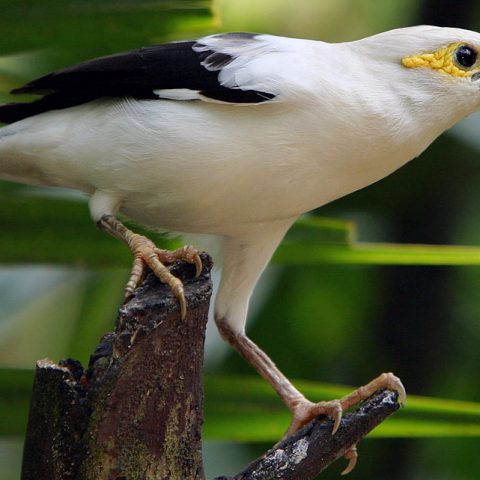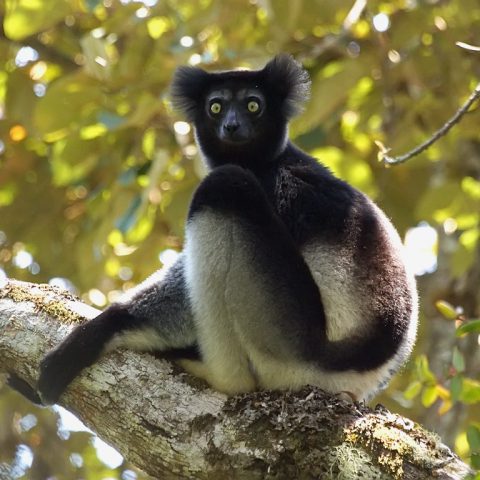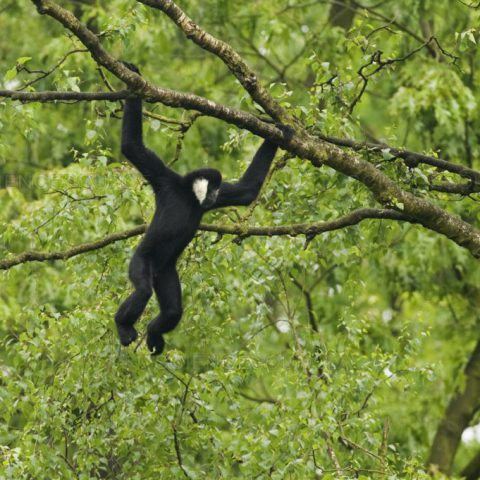Sumatran Rhinoceros
![]() Critically Endangered
Critically Endangered
Population
There are fewer than 100 estimated animals left in the wild, although this is considered high
Size
1.2 – 1.45 metres high, up to 2.5 metres long
Weight
500 – 800 kilograms
Countries
Indonesia
Distribution
The current wild population of the Sumatran Rhinoceros is not exactly known due to the difficulty of finding them in the wild. It is estimated that fewer than 100 individuals remain. The Sumatran Rhinoceros has not been successfully kept in captivity as it struggles outside of its ecosystem. Currently there are around 10 individuals in captivity in Sumatra and Malaysia.
The Sumatran Rhinoceros is found in 3 main patches on the island of Sumatra in Indonesia and it is very scattered throughout these ranges. The main areas being:
- Bukit Barisan Selatan National Park (South West of Sumatra)
- Gunung Leuser National Park (North Sumatra)
- Way Kambas National Park (South East Sumatra)
Until recently it was considered to be 5 places as the island of Malaysia and Borneo were known as places for the Sumatran Rhinoceros, but have since been declared extinct in the wild in these places.
Description
The Sumatran Rhinoceros, also known as the hairy rhino due to the fact that the animal is covered in small hairs which is denser for younger animals, and providing a light reddish-brown colours. It is one of the smaller rhinos in existence and lives for around 30 to 45 years in the wild.
This species of rhino has two horns, a larger nasal horn, which is usually around 15 to 25 centimetres long, however the largest ever recorded was 81 centimetres! The posterior horn is the much smaller of the two horns and rarely reaches 10 centimetres in length, and quite often ends up being a small knob. Both horns usually are a dark grey or black colour.
Sumatran Rhinos have no known predators although a Tiger or group of wild dogs could kill a calf.



Quick Facts
- The Sumatran Rhinoceros has very poor vision
- They possess surprising speed and agility which aides them in climbing mountains and handling steep slopes and riverbanks
- They are solitary animals, except for pairing before mating and rearing offspring
- Sumatran Rhinos have home ranges which can be as large as 50 square kilometres. Females home ranges are much smaller and are around 10-15 square kilometres. Male ranges often overlap and it is believed that they do not defend their ranges.
- Territories are marked by scraping soil, bending saplings into distinctive patterns and leaving excrement.
- The Sumatran Rhinoceros is most active when eating at dawn and after dusk. Days are spent wallowing in mud baths to rest and keep cool. In the hotter months they move to higher elevations.
- Aside from keeping cool, wallowing allows the animal to protect its skin from the sun and insects
- The animal makes use of trails throughout its range to make travelling easier to important locations for food and salt licks. These trails are often used by other species of animals.
- Sumatran Rhinos are strong swimmers and often cross wide, deep rivers
- They are the most vocal species of Rhinoceros. They make 3 distinct noises which are referred to as:
- Eeps – a short one second yelp
- Whales – a similar vocalisation to whales which is like a song. These last for around 4 to 7 seconds
- Whistle Blows – a two second long burst of sound which is very loud and can be heard at great distance
- Females can produce offspring from 6 to 7 year of age and typical reproduce every 4 to 5 years
- Calves typically weigh 40 – 60 kgs when born and stay with their mother for 2 to 3 years.
The Sumatran Rhinoceros consumes upto 50kgs of food a day with a diet which consists of:
- Young Saplings
- Leaves, Twigs and Shoots
- Fruit
During research it has been identified that 100 different species of plant are consumed and provides flexibility in their diet as often species only exist in small portions. Among the most common plants the animal eats are many species from the Euphorbiaceae, Rubiaceae, and Melastomataceae families with the most common being Eugenia.
Their diet is very high in fibre and has only moderate protein. Salt licks are very important to a rhino’s nutrition and also provide a social outlet for them.
The Sumatran Rhinoceros has a range of different habitats that it can be found in.
- Lowland Rainforest
- Highland Rainforest
- Swamps
- Cloud Forests
A typical habitat for the Sumatran Rhino will be close to water and have very steep upper valleys with plenty of undergrowth
The threats which the face the Sumatran Rhinoceros are mostly human related threats. The main threats are poaching, illegal logging and deforestation.
Illegal logging and deforestation are closely related as this is destroying the main habitat for the animals. Deforestation is also caused by the removal of habitat for palm oil plantations and other growth areas within Sumatra.
The poaching issue that faces the species is very dangerous to the continued existence of the species as due to the very limited number of remaining and being separated means that any loss via poaching is extremely damaging. Poaching is often conducted through snares and pit traps laid in the jungle due to the difficulty in tracking and finding the animals.
Conservation Efforts
International Rhino Foundation & Sumatran Rhino Sanctuary
The International Rhino Foundation does terrific work for all species of Rhino in the world, but for the Sumatran Rhino, they currently have the Sumatran Rhino Conservation Program in place. This conservation program works with the Rhino Foundation of Indonesia (also known as Yayasan Badak Indonesia) to run a program which includes protection of animals via the use of Rhino Protection Units (12 across Bukit Barisan Selatan and Way Kambas) which actively patrol the ground to prevent poaching and remove traps, research on the species and on the propagation at the Sumatran Rhino Sanctuary as well as a program to aid local communities, in educating them as well as developing alternative streams of income for them.
The Sumatran Rhino Sanctuary is a safe haven for rhinos which is 250 acres of natural habitat which has 5 rhinos living there and is the major focus of a breeding program and research centre.



